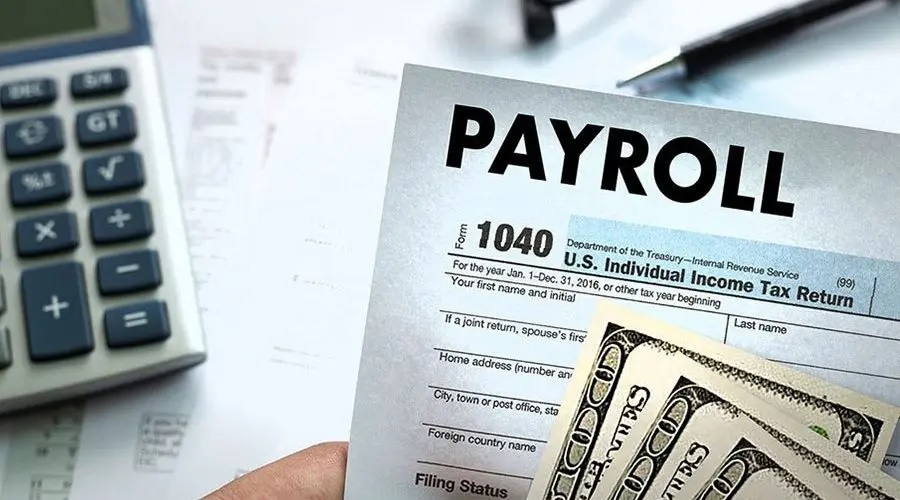Payroll taxes require proper calculation, collection, reporting and payment of employee withholdings. Knowing the ins and outs of these taxes is a must if you want to stay compliant and avoid headache-inducing audits and other tax complications. In this article, we will answer the question “what is the payroll tax.” With that in mind, here is what you should know about the payroll tax:
What the Payroll Tax Entails
Federal Insurance Contribution Act (FICA) taxes fund Medicare and Social Security. They are taxed at a rate of 7.65%, according to the employee’s gross income. The employer will have to calculate this number and deduct accordingly.
Of course, it isn’t that simple: 6.2% of this tax is for Social Security, and there is a limit as to what is considered taxable income for this portion of the FICA. The maximum amount of taxable gross income at the 6.2% rate is $137,700 in 2020 and $142,800 in 2021.
Employers must also take into account Medicare’s part of the FICA. It is calculated at 1.45%. Even though it has no cap on taxable income, the rates do change. Employees who make over $200,000 a year will owe an extra .9% of their gross income. That means these employees’ Medicare portion will increase to 2.35%.
The good news is that state and local governments are not part of the FICA. The bad news is that they may have taxes that mimic federal payroll standards. You will want to look into this as you complete payroll.
Adding Up the Bill
Employers have to contribute the same 7.65% rate for each employee. This makes the grand total owed to the federal government 15.3% of each employee’s gross earnings.
However, employers do not have to match workers whose Medicare withholdings climb to 8.15% due to the .9% in Medicare. The employer’s rate remains at 7.65%. Think of it as a year-end bonus for employers.
What to Know About Important Tax Forms
Tax forms — where would we be without them? Before handling payroll taxes, it helps to become acquainted with these forms.
Form 941, or the Employer’s Quarterly Tax Return, is the basic meat-and-potatoes form for medium and large companies. This will handle sick pay and most any other standard variation of withholding. For smaller businesses, you will want to look to Form 944, or the Employer Annual Federal Tax Return. Business owners that have $1,000 or less in liabilities should use this one.
Finally, there are a few forms for more specialized cases that you will want to keep in mind. For example, Form 943 is for agricultural employers who need to report agricultural wages. Additionally, any federal withholdings involving gambling, military pensions or backup holdings can all be reported on Form 945.
Understanding the Payroll Tax Helps You Avoid Costly Errors
Now that you know what you are doing, completing basic payroll processes do not have to seem so intimidating. As long as you know what forms to use, what resources to consult and what to look for, you can avoid costly errors with ease.
